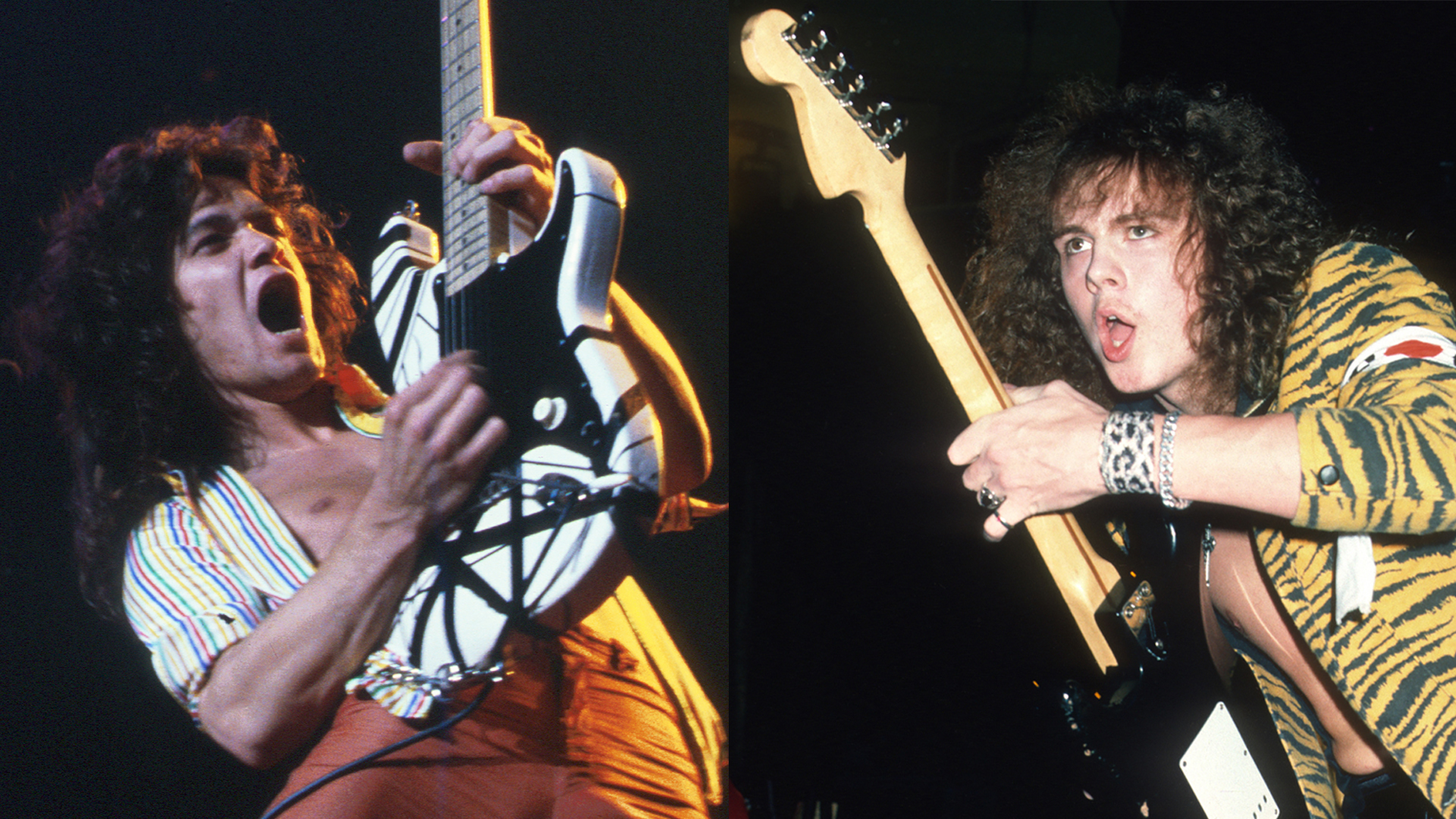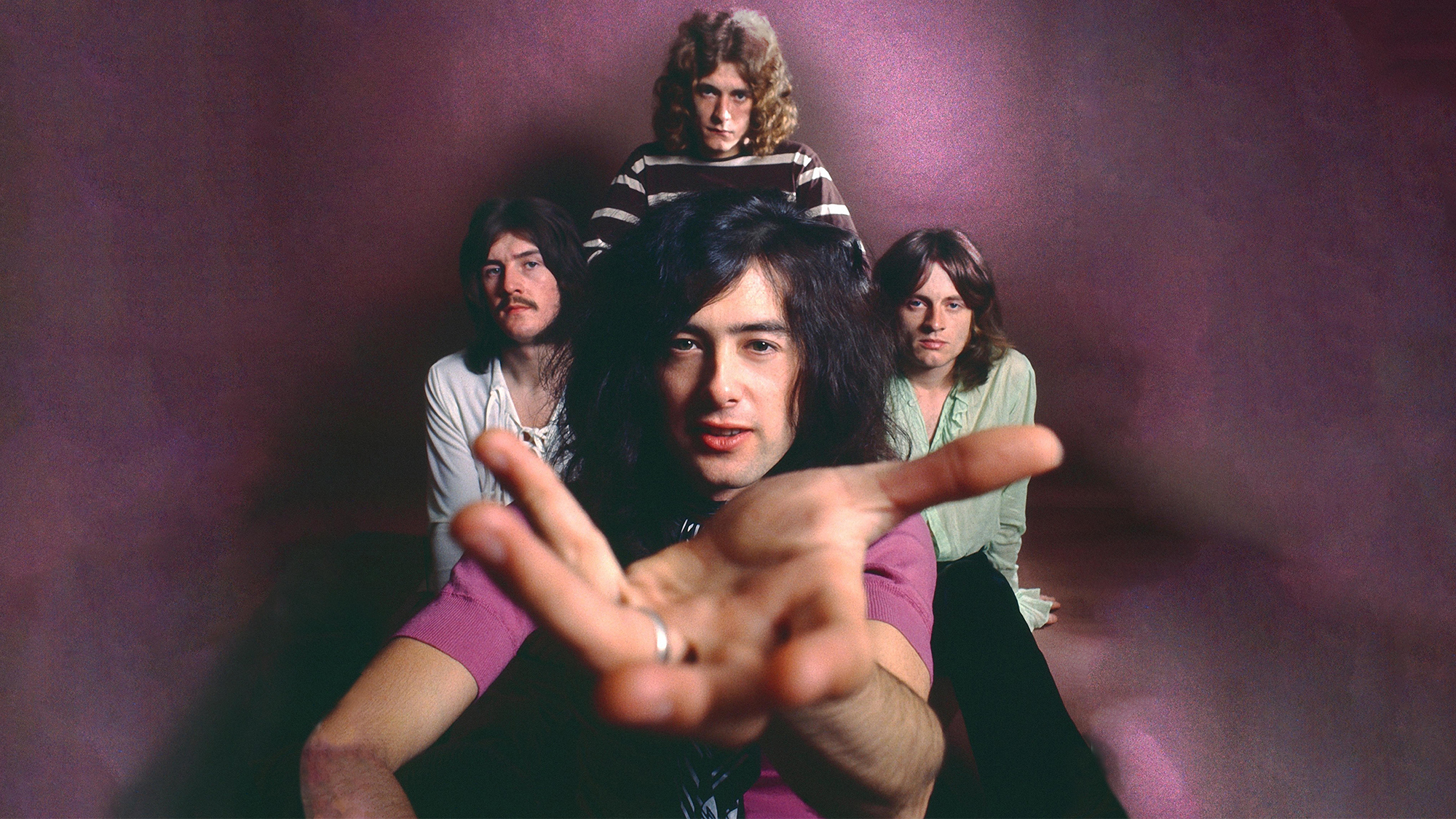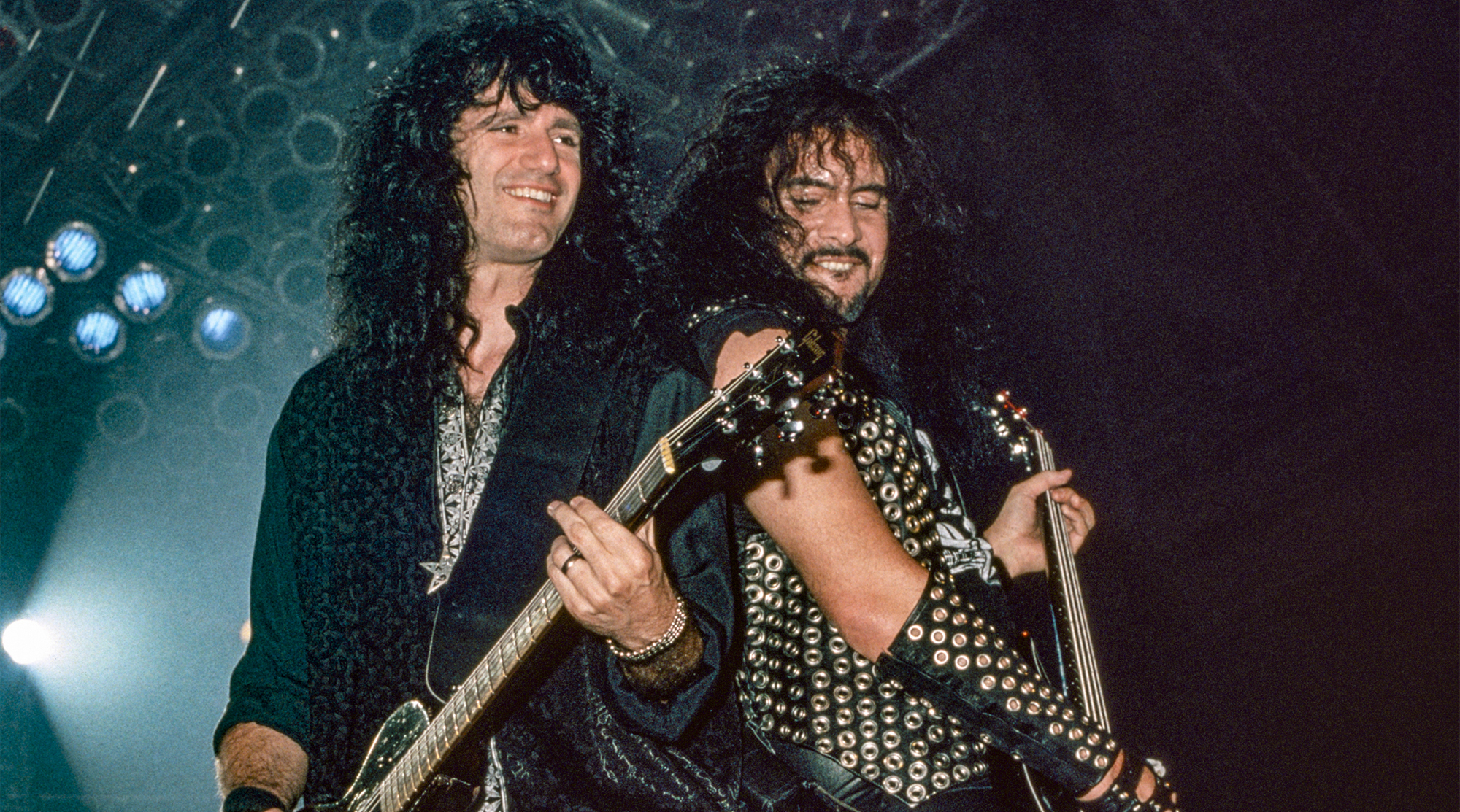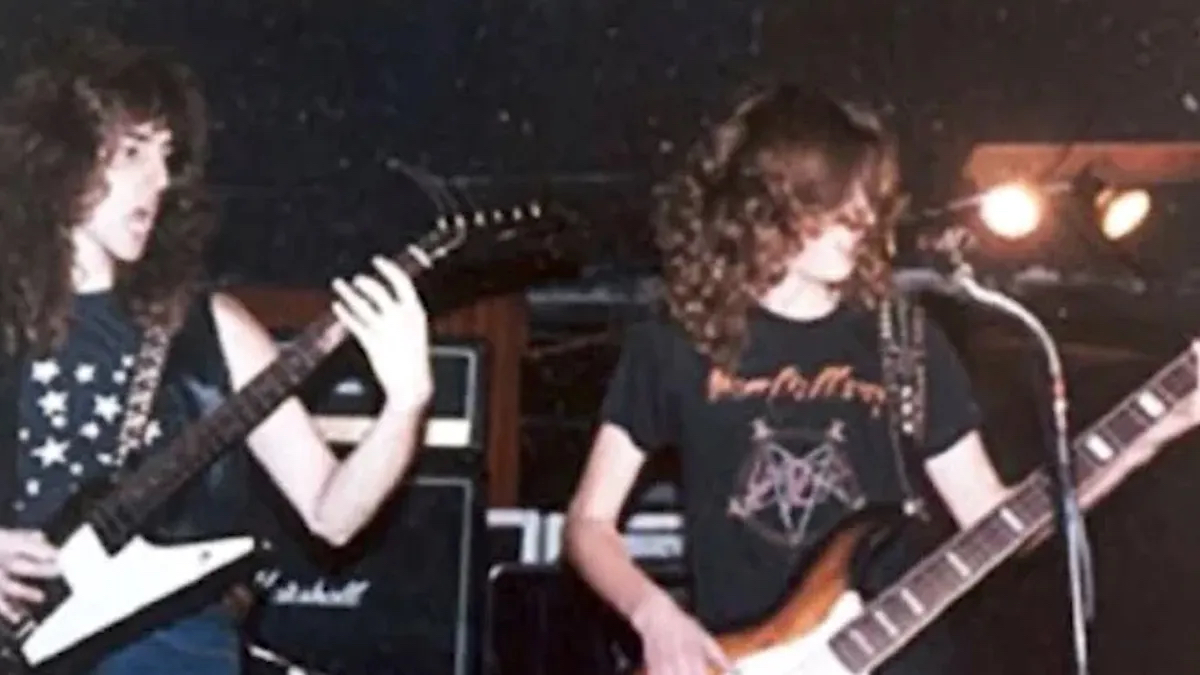“I got the fingering from Jimi Hendrix.” Zakk Wylde reveals the origins of the first riff he wrote for Ozzy Osbourne and the benefits of learning from those who came before you
The guitarist also names some of his favorite Randy Rhoads and Jake E. Lee tunes from their Ozzy eras

Ozzy Osbourne made a bold decision when he hired a then-unknown Zakk Wylde as his third permanent guitar player in 1987, but there was method to his madness.
Randy Rhoads' fiery talents helped launch Ozzy's post-Sabbath career, presenting the world with a brand-new guitar hero in the process. Bassist Bob Daisley said he instantly knew Rhoads was destined for greatness after their first jam together. Such greatness, though, was ultimately cut short when Rhoads passed following a plane crash in ‘82.
Jake E. Lee, hisi successor, had previously established himself with Ratt and Rough Cutt. He never caught on with fans in the way Rhoads did, even though Lee believes he and Rhoads out-gunned one another in different aspects of their playing.
After two records, Lee departed the band, and competition for the vacant spot was fierce. Neoclassical shredder Chris Impellitteri — then at the height of his powers — auditioned, but Ozzy took a shot in the dark when he offered a 20-year-old Wylde the gig instead. It would prove to be a magical pairing, similar in many ways to what the singer enjoyed with Rhoads.
Indeed, Wylde not only became a veritable guitar hero to millions — he also helped Ozzy write some of his biggest hits, starting with his very first attempt.
“The first riff I wrote for Ozz was 'Miracle Man,' ” the guitarist says on his YouTube channel. “And I got the fingering from 'Foxey Lady.' And that's how that came about, just from messing around with it.
"Like everybody always says, something comes from somewhere. And Jimi Hendrix probably would have said, 'Yeah, Zakk, I got that from this thing.'"
Get The Pick Newsletter
All the latest guitar news, interviews, lessons, reviews, deals and more, direct to your inbox!
As Zakk has explained, in addition to playing his riff faster, he added "some 16th notes and some Marshall chunk, and next thing you know it’s 'Miracle Man.'" Played in Eb standard (half a step down), the riff relies on chugged bass notes on the low E string, and a variety of double- and triple-stops on the higher strings, much like "Foxey Lady." It gives the riff a greater dynamic and octave-spanning range.
Beyond that, as Zakk's recent chat with Guitar Player attests, was a deep-set appreciation for the talents that came before him and whose legacy he was continuing to honor.
“I’m obviously aware of some of the great rhythm guitar parts that have been laid down in the past, like Jake E. Lee’s work on 'Bark at the Moon' and Randy Rhoads’ on 'Crazy Train,' ” he says. “Those songs are part of my education as a guitarist. If I’m learning covers, I’m going to nail those rhythm parts or else I’m not really playing the song.”
The way Wylde attacks "Miracle Man" with the almost galloping rhythms is instantly reminiscent of the main riff to "Bark at the Moon" and the chunky verse riff in "Crazy Train."
“It’s like a cocktail or a new dish,” the guitarist says. “You use the ingredients that you have on hand to mix up something new that’s your own. I felt like my job as Ozzy’s guitarist was to bring something that held all the elements of the song together the way those parts did. All the things I absorbed like a sponge found their way into my own playing.
“The 16th-notes rhythm guitar part was informed by my ability to play those rhythm lines from Randy and Jake,” Wylde continues. “I’m pouring little elements of a whole bunch of things into the mix and coming up with something new that I probably wouldn’t have created if I hadn’t spent the time working out what those great players had done.”
The song, which Ozzy and Zakk co-wrote with Bob Daisley, pokes fun at televangelist Jimmy Swaggart, who blamed the 1985 suicide of a teenager Ozzy fan on the singer’s depravity. Swaggart was later caught with a prostitute and confessed to a pornography addiction that saw him rightly branded as a hypocrite.
The song’s music video took Wylde and company to a U.K. cathedral, with Ozzy dressed as a televangelist and surrounded by pigs for what was a fairly transparent narrative. However, while the guitar world would fall in love with Ozzy’s new plucked-from-out-of-nowhere guitarist, the pigs were less enamored by his noise-making.
“When the music went on, the pigs all took a massive shit at the same time, because it was so loud in there,” Ozzy recalls. “The playback started and they all went pfft! Sixty pigs shitting! I had a pair of brand-new suede boots on, and I never wore them again. I couldn't get the smell out of them!”

Wylde, who has capitalized on Ozzy's retirement from touring to join Pantera, has played on six of the Prince of Darkness’ studio albums. That includes 1995’s Ozzmosis, which included writing contributions from Steve Vai, and 2022's Patient Number 9, on which Jeff Beck made two standout guest appearances.
Wylde would leave the band on a number of occasions, one of which provided Alex Skolnick the opportunity to take his place, although his stint lasted just one show.
Meanwhile, Wylde has hit out at those who have criticized his picking technique, citing two greats who defied convention with their oddball methods.
A freelance writer with a penchant for music that gets weird, Phil is a regular contributor to Prog, Guitar World, and Total Guitar magazines and is especially keen on shining a light on unknown artists. Outside of the journalism realm, you can find him writing angular riffs in progressive metal band, Prognosis, in which he slings an 8-string Strandberg Boden Original, churning that low string through a variety of tunings. He's also a published author and is currently penning his debut novel which chucks fantasy, mythology and humanity into a great big melting pot.
“Eddie said, 'If he's playing, I'm not.'" Yngwie Malmsteen says Eddie Van Halen listened to his music all the time but ran from him every chance he got
“George started freaking out. He said, ‘I feel like I’m dying.’ And then, Peter Fonda said, ‘Oh, I know what it’s like to be dead.’” Byrds founder Roger McGuinn on the origins of John Lennon’s trippiest track












